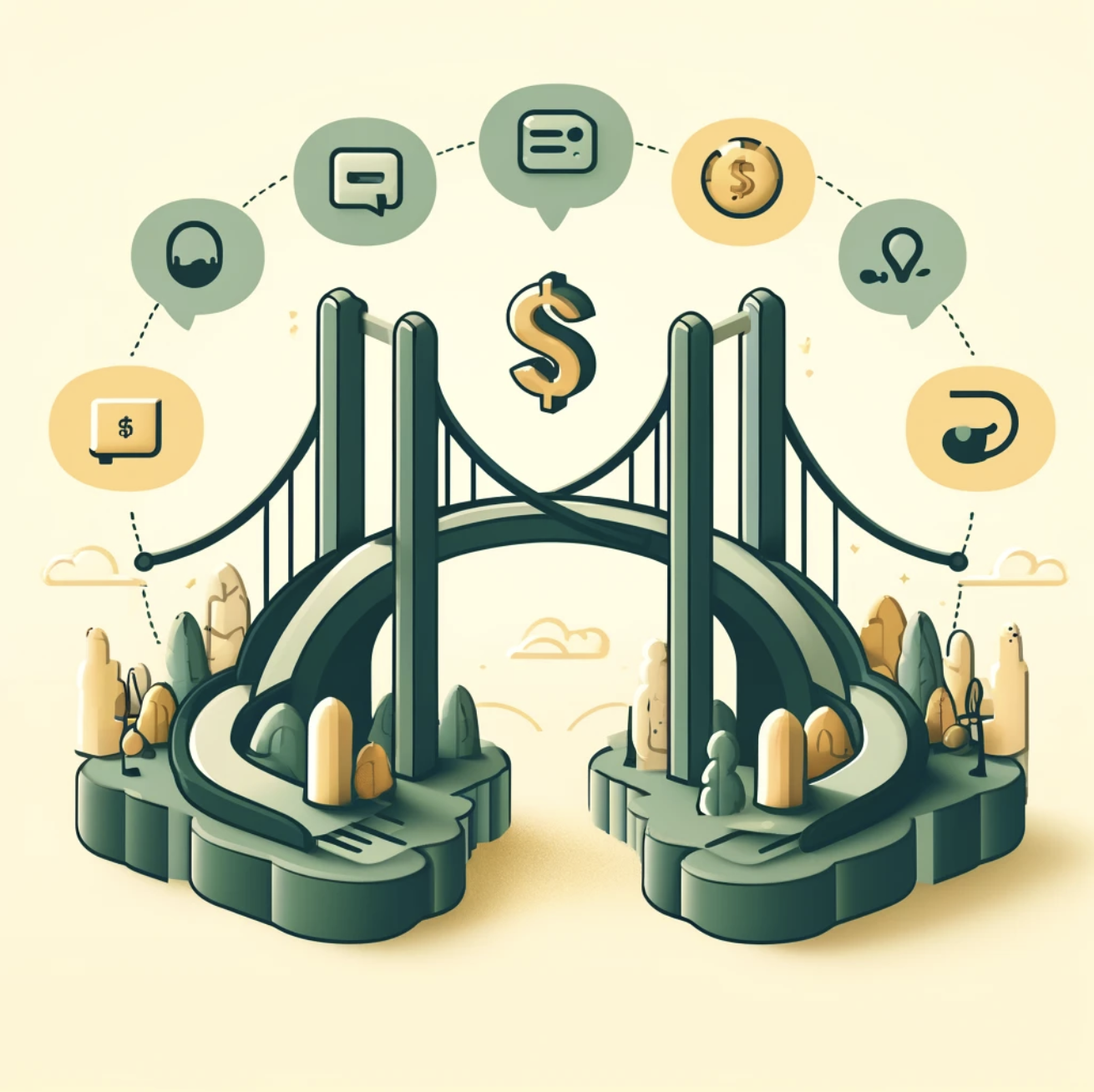Bridging the Divide: Why Integrated Customer Service Solutions are the Future of Business
Personalized customer service is not just valued but expected, the chasm between sales and support systems in many organizations is more than just a technical glitch; it's a significant roadblock to enhancing customer experience.
Imagine a scenario where a customer contacts support, only to find the representative on the other end scrambling for basic information that should have been readily available – like purchase history, ongoing negotiations, or personal preferences. This isn't just frustrating for the customer; it's a lost opportunity for the business.
The root of this problem lies in the lack of real-time visibility into customer interactions across different departments. When sales and support systems operate in silos, the result is a fragmented customer service experience characterized by repetition, inefficiency, and, ultimately, customer dissatisfaction.
Bridging the Divide: Customer Service Solutions
The Impact of visibility gaps
This visibility gap has far-reaching consequences. For customers, it means having to repeat their issues every time they get transferred to another department, leading to longer resolution times and a sense of not being valued. For businesses, this lack of integrated customer service solutions means missed opportunities for cross-selling, a higher likelihood of churn, and a tarnished brand reputation.
The Case for a Unified Customer View
A unified customer view is no longer a nice-to-have; it's a necessity. Integrating sales and support systems ensures that every touchpoint along the customer journey is logged and accessible to anyone in the organization. This holistic view enables customer service representatives to provide personalized, informed support, turning every interaction into an opportunity to strengthen the customer relationship.
Actionable Solutions
The good news is that technology has kept pace with the need for integration. Solutions like CRM (Customer Relationship Management) systems are designed to provide a 360-degree view of the customer, integrating data from sales, support, marketing, and any other customer-facing function. Implementing such a system can transform disjointed customer data into a cohesive, accessible, and actionable customer story.
Wrap Up: It's clear that the divide between sales and support systems represents more than a technical challenge--it's a fundamental business pain that impacts customer satisfaction and loyalty. If the scenarios described resonate with the hurdles you're facing in providing a cohesive customer service experience, it's time for a change.
We understand that every business has its unique challenges and pain points. Let's dive deep into the specifics of your situation.
Click on the 'Let's Chat' button for a tailored conversation about the obstacles you're encountering in achieving a unified customer view and how we can collaboratively work towards turning these challenges into opportunities for growth and enhanced customer engagement.
#CustomerExperience #ServiceIntegration #UnifiedCRM


